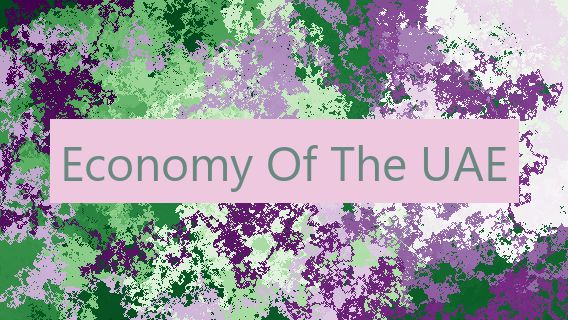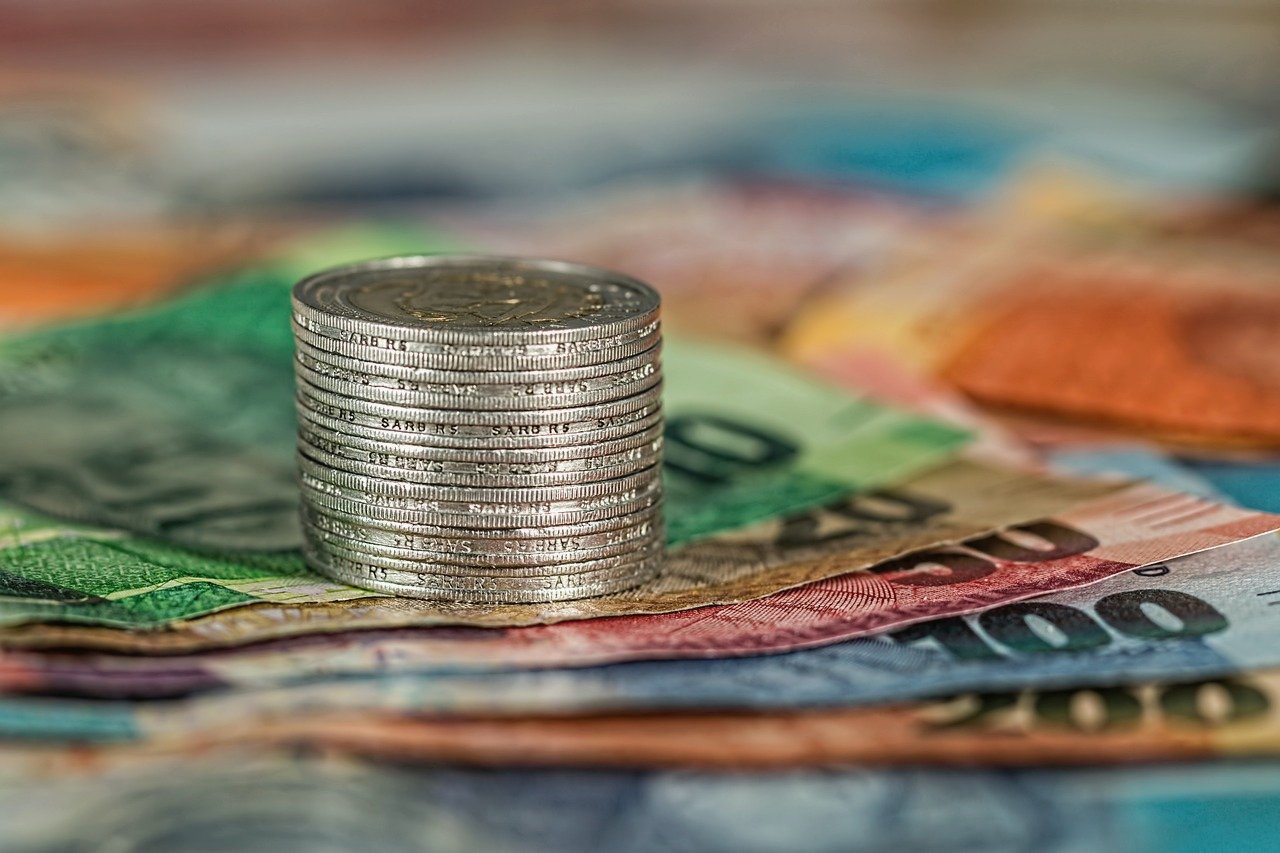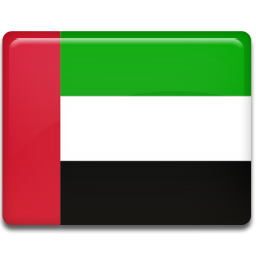Economy Of The UAE 🇦🇪
The seven emirates that make up the United Arab Emirates (UAE) are Abu Dhabi Ajman Dubai Fujairah Ras al-Khaimah Sharjah and Umm al-Quwain. With an estimated population of 9.2 million people in 2019 the UAE is the second-largest economy in the Middle East and North Africa (MENA) region after Saudi Arabia. It is also a significant regional hub for finance trade tourism and logistics 7️⃣ 🇦🇪 🆙 🇸🇦 ️ !

The UAE has achieved economic growth and diversification through large-scale investment in infrastructure, tourism, and manufacturing! Its economy is characterized by an abundance of oil production, a high level of fiscal, and economic freedom, and a relatively open market for foreign trade and investment 🇦🇪 ️. The country is the worlds fifth-largest exporter of oil and has a highly diversified economy, with growth in sectors such as finance, real estate, hospitality, and construction 🚧 ️.
Oil and natural gas account for the majority of the UAEs GDP, as the country has the seventh-largest proven oil reserves and the sixth-largest natural gas reserves in the world . Oil and gas accounted for around 80 percent of the countrys GDP in 2019 and nearly 94 percent of its exports . The country has the second-largest gas reserves in the Middle East accounting for nearly half of the regions total gas reserves .
The UAE has made great strides to diversify its economy and reduce its dependency on oil. The government has implemented reforms and initiatives such as the UAE Vision 2021 and the UAE Centennial Plan 2071 to develop its services sector, diversify its sources of income, and attract foreign investment 🇦🇪. The government has also made major investment in infrastructure, tourism, and hospitality, and manufacturing .
The government has also heavily invested in improving the nation’s transportation infrastructure, with international airports in the country’s major cities and the construction of a railway network. The services sector has been the main driver of economic growth, accounting for about 60% of the UAE’s GDP in 2019 .
The government of the UAE has made significant investments in the tourism and hospitality sector with a target of attracting 20 million visitors by 2022. It has also focused on developing its manufacturing sector, as the UAE is now the world’s 10th-largest exporter of manufactured goods 🔛 🇦🇪 🌍. These efforts have helped the UAE diversify and modernize its economy 🇦🇪.
The UAE is also making progress in improving its human capital. The government is focused on developing educational and training opportunities, as well as improving the quality of life for its citizens 🔛. The government has also invested in health care with the objective of providing quality health care for all its citizens by 2021.

The UAE economy has made remarkable progress in recent years, and the country continues to attract foreign investment and to develop its non-oil sectors. The government has also implemented reforms to create a more open and vibrant economy, and to promote economic diversification ️. The UAE is now a major center for finance, trade, tourism, and logistics, making it an attractive destination for foreign investors. ! .
in Conclusion
The seven states that make up the United Arab Emirates are Abu Dhabi Ajman Dubai Fujairah Ras al-Khaimah Sharjah and Umm al-Quwain. The UAE is the fifth-largest oil exporter in the world and has a highly diversified economy with growth in sectors like finance real estate hospitality and construction 7️⃣ 🇦🇪 🆙 🌍 ️ .. The country is also now a major center for finance trade tourism and logistics making it a desirable location
🆙 🌏 🇸🇦 ️ 7️⃣ 🔛 🚧 🇦🇪



